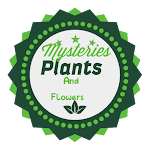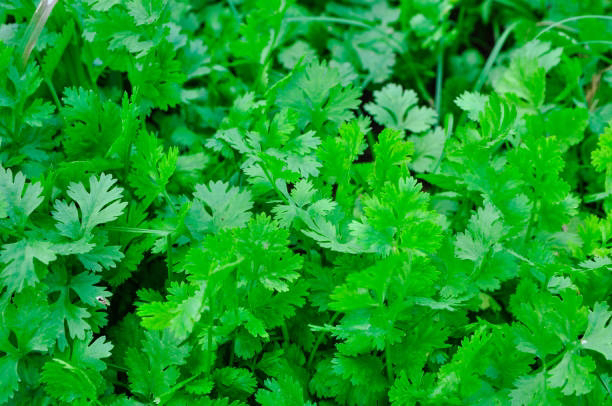The little green herb with a big personality! Loved by some, loathed by others, this ancient culinary chameleon packs a flavor punch and a surprising history.
Dive in and discover the 15 fascinating facts about coriander that will leave you saying, "Cilantro-ly, that's interesting!"
1.Two names, one plant: Coriander is known by two different names depending on the part of the plant used. The leaves are called cilantro, while the dried seeds are called coriander.
2. Ancient origins: Coriander has been cultivated for centuries, with evidence of its use dating back to 5000 BC in Egypt and India.
3. Love it or hate it: The taste of coriander leaves is polarizing. Some people love its citrusy, refreshing flavor, while others find it soapy and unpleasant. This is due to a genetic predisposition to taste a specific compound called aldehyde more strongly.
4. Signaling system: The strong, sometimes unpleasant, smell of coriander leaves is actually a defense mechanism. When crushed, the leaves release a scent that is meant to deter insects from feeding on the plant.
5. More than just flavor: Coriander leaves are a good source of vitamin K, vitamin C, and manganese. They also contain small amounts of other essential nutrients.
6. Potential health benefits: Some studies suggest that coriander may have antioxidant and anti-inflammatory properties. It may also help lower blood sugar levels and improve cholesterol levels. However, more research is needed to confirm these benefits.
7. Symbol of good luck: In some cultures, coriander seeds are considered a symbol of good luck and prosperity. They are often used in religious ceremonies and traditional medicine.
8. Aphrodisiac claims: Throughout history, coriander has been used as an aphrodisiac in some cultures. .
9. Used in brewing: Coriander seeds are sometimes used as a flavoring agent in beer and other alcoholic beverages.
10. Essential oil production: The essential oil extracted from coriander seeds is used in perfumery and aromatherapy. It has a complex aroma that is often described as citrusy, spicy, and woody.
11. Easy to grow: Coriander is a fast-growing annual herb that is easy to grow at home. It prefers cool weather, full sun, and well-drained soil.
12. Companion planting: Coriander is a good companion plant for many other vegetables, such as tomatoes, peppers, and beans. It is thought to help deter pests and improve the growth of other plants.
13. Butterflying friend: The flowers of the coriander plant attract butterflies, which can help to pollinate other plants in your garden.
14. Multiple harvests: You can harvest coriander leaves throughout the growing season. The seeds can be harvested once the plant flowers and the seeds dry out.
15. Versatile ingredient: Coriander leaves and seeds are used in a wide variety of cuisines around the world, including Latin American, Indian, Southeast Asian, and Middle Eastern cuisine. They can be added to salads, salsas, curries, stir-fries, pickles, sausages, and spice blends.




